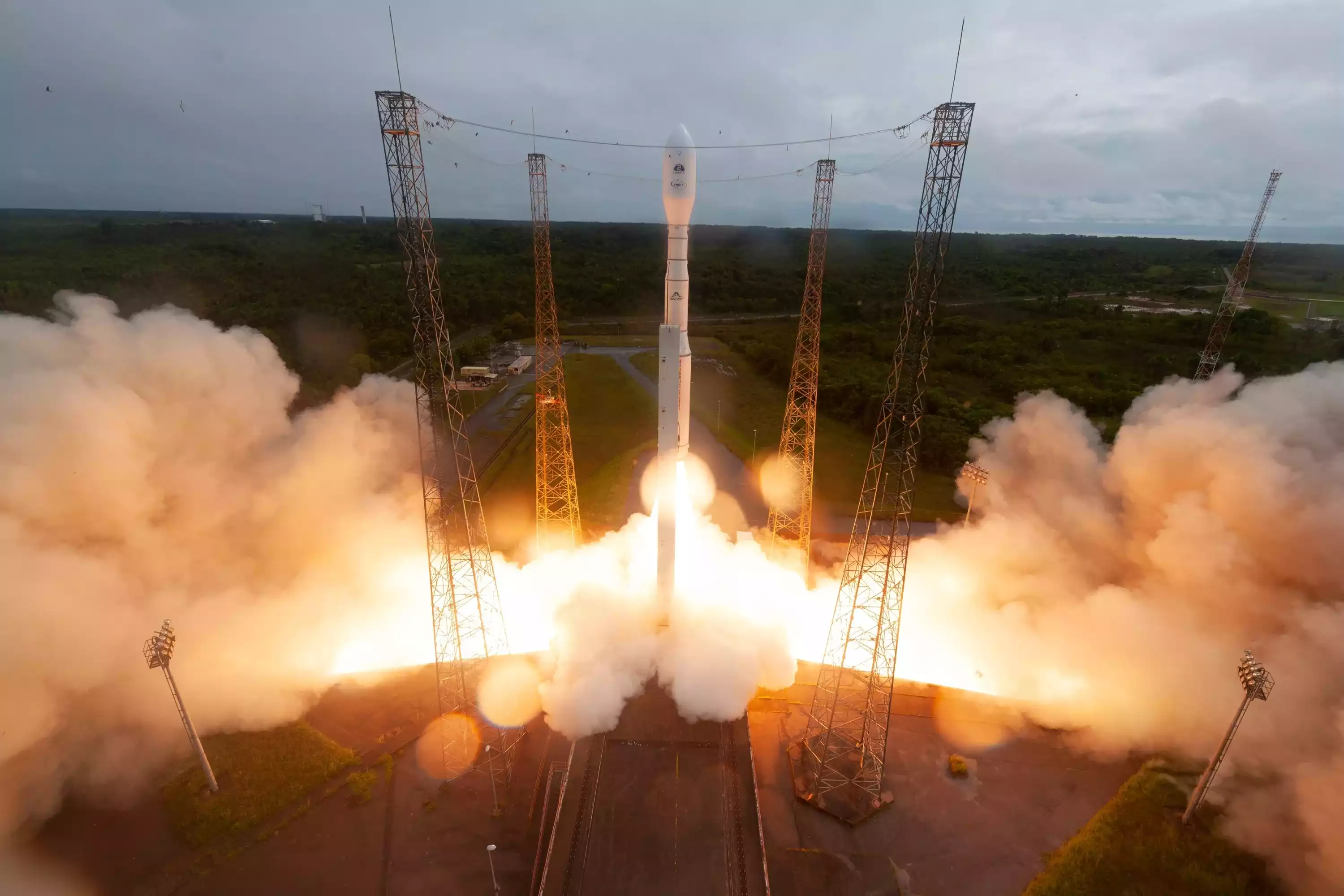The bad news was made official on October 2 by the Task Force led by the European Space Agency and Avio, the manufacturer of Vega C, which has been grounded since December 2022: Europe's new light launcher won't fly again for another year.
Bad sequence
The skies remain decidedly gray over the Europe of launchers : after the cessation of cooperation with Russia and the use of its Soyuz launcher, after delays to the new heavy-lift launcher Ariane 6 while its predecessor Ariane 5 was retired this summer, it's the new light launcher Vega C (C, for consolidation) that's missing.
In December 2022, its first commercial flight (mission VV22) had ended in a dismal failure, resulting in the loss of its payloads (two satellites Pléiades Neo from Airbus Defence and Space).
The dedicated commission of inquiry had presented its conclusions three months later : the Zefiro 40 engine on the launcher's second stage had fallen victim to the failure of a nozzle collar made of carbon-carbon composite, manufactured Ukraine.
Then, last June, a ground test of a Zefiro 40 engine fitted with a collar this time supplied by ArianeGroup, had ended in failure.
A whole design to be reviewed
The independent commission of inquiry, set up by the European Space Agency to examine this new anomaly, has completed its work.
It recommends reviewing the whole nozzle design, and carrying out one or two ground tests next year.
This would mean that Vega C would resume flights in the fourth quarter of 2024.
That is, after a hiatus of almost two years...
" Europe is today in a difficult situation with its launchers " acknowledged ESA Director General Josef Aschbacher, recalling that " independent access to space is an absolute priority for Europe. "
No transition
The next launch of the original Vega is expected on October 7 from the Guyana Space Center (mission VV23).
It will place 12 payloads into low-Earth orbit, including Thailand's Theos 2 Earth observation satellite, built by Airbus Defence and Space.
Another Vega launch, the last of the first version, is meanwhile announced for the second quarter of 2024 (with French Earth observation satellites CO3D ?).
And one wonders why Avio, the Italian manufacturer, doesn't propose to continue producing this first launcher until Vega C is working perfectly again, without a transition period...
Découvrez cet article sur Air&Cosmos

